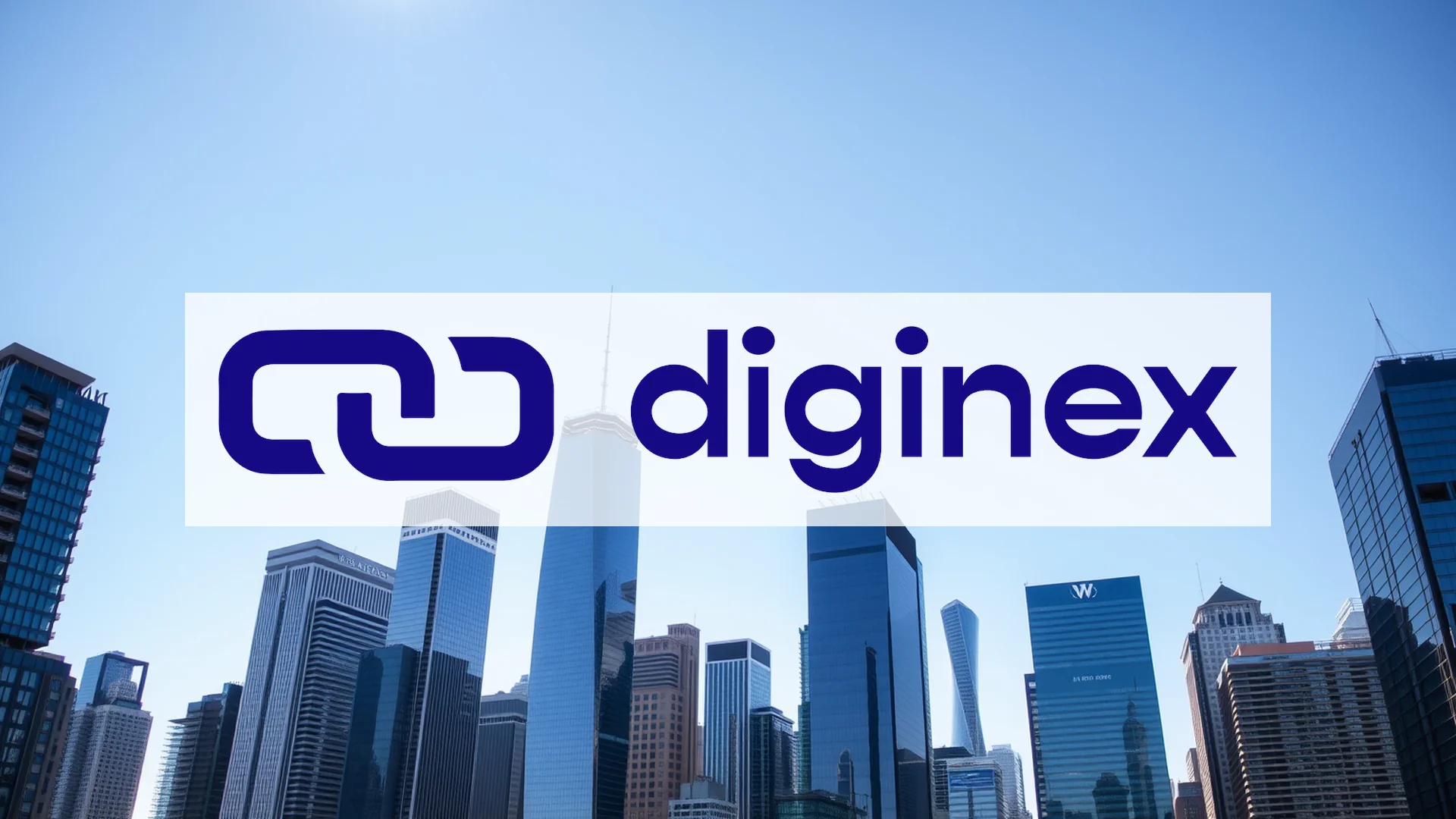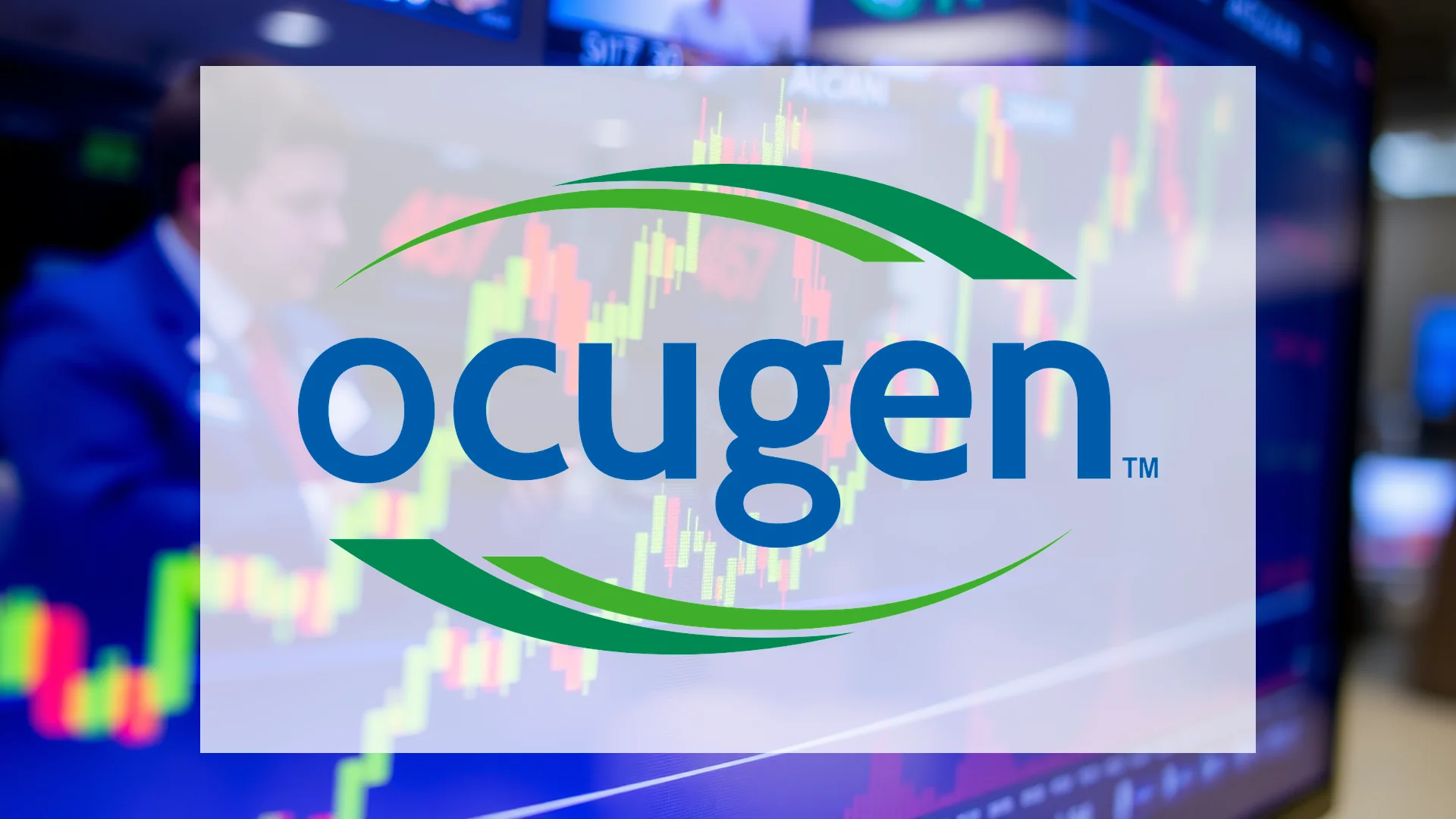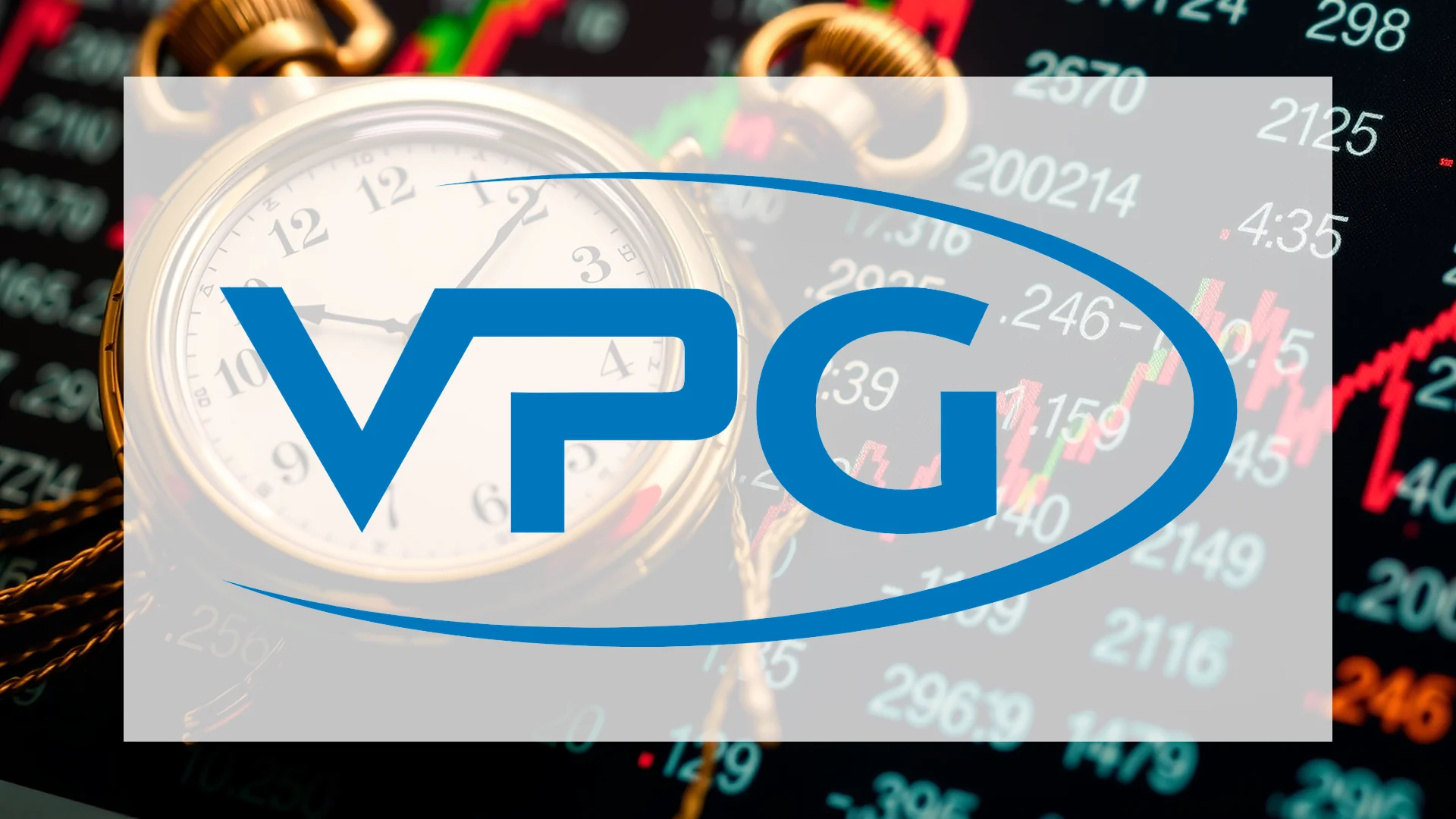As Coca-Cola shares hover near all-time peaks, a notable divergence has emerged between corporate insiders and institutional investors. While the beverage giant’s stock approaches record territory, senior leadership has been actively reducing their holdings through substantial sales. This activity coincides with continued institutional accumulation, presenting investors with a complex market dynamic.
Institutional Accumulation Contrasts with Executive Sales
Recent regulatory filings reveal two significant transactions by Coca-Cola’s upper management. In mid-November, when the stock was trading close to its 52-week high of $74.38, Executive Vice President Manuel Arroyo disposed of approximately 140,000 shares. This transaction generated proceeds nearing $9.9 million, with shares priced at an average of $70.80.
Simultaneously, fellow Executive Vice President Nancy Quan sold around 31,000 shares, realizing approximately $2.25 million at an average price of $71.17 per share. These disposals occurred as the equity approached its yearly peak, typically considered an opportune moment for profit-taking among corporate insiders.
The selling pattern among executives stands in sharp contrast to the behavior of institutional players. Firms including Boston Partners have been increasing their positions in the beverage company, creating an intriguing tension in market participation.
Robust Quarterly Performance Supports Valuation
Coca-Cola’s recent financial performance provides context for these market movements. The company’s third-quarter results surpassed expectations, demonstrating considerable strength. Revenue reached $12.5 billion, representing a 5% year-over-year increase, while earnings per share climbed to $0.86 – a substantial 30% improvement over the same period last year.
Should investors sell immediately? Or is it worth buying Coca-Cola?
These figures exceeded earlier, more conservative projections from market observers. Underpinning this performance was solid organic revenue growth of 6%, driven by the company’s pricing power and consistent consumer demand. Given these operational achievements, the current valuation of approximately 24 times forward earnings appears more reasonable than some analysts had previously anticipated.
Analyst Confidence Persists Amid Insider Activity
Despite the recent insider transactions, research analysts maintain a favorable outlook on Coca-Cola’s prospects. In early November, Bank of America raised its price target to $80, citing the corporation’s ability to navigate currency headwinds and expand profit margins. From current trading levels, this projection implies potential upside of approximately 15%.
Shareholders continue to benefit from the company’s reliable dividend distributions. A payment of $0.51 per share is scheduled for December 15, providing income-oriented investors with consistent returns. This distribution remains a cornerstone for long-term holders, even as recent insider activity demonstrates that even committed executives occasionally capitalize on share price appreciation.
The contrasting actions between corporate insiders and institutional investors highlights the multifaceted nature of investment decisions, where personal financial planning and institutional strategy can diverge even amid strong fundamental performance.
Ad
Coca-Cola Stock: Buy or Sell?! New Coca-Cola Analysis from November 26 delivers the answer:
The latest Coca-Cola figures speak for themselves: Urgent action needed for Coca-Cola investors. Is it worth buying or should you sell? Find out what to do now in the current free analysis from November 26.
Coca-Cola: Buy or sell? Read more here...










